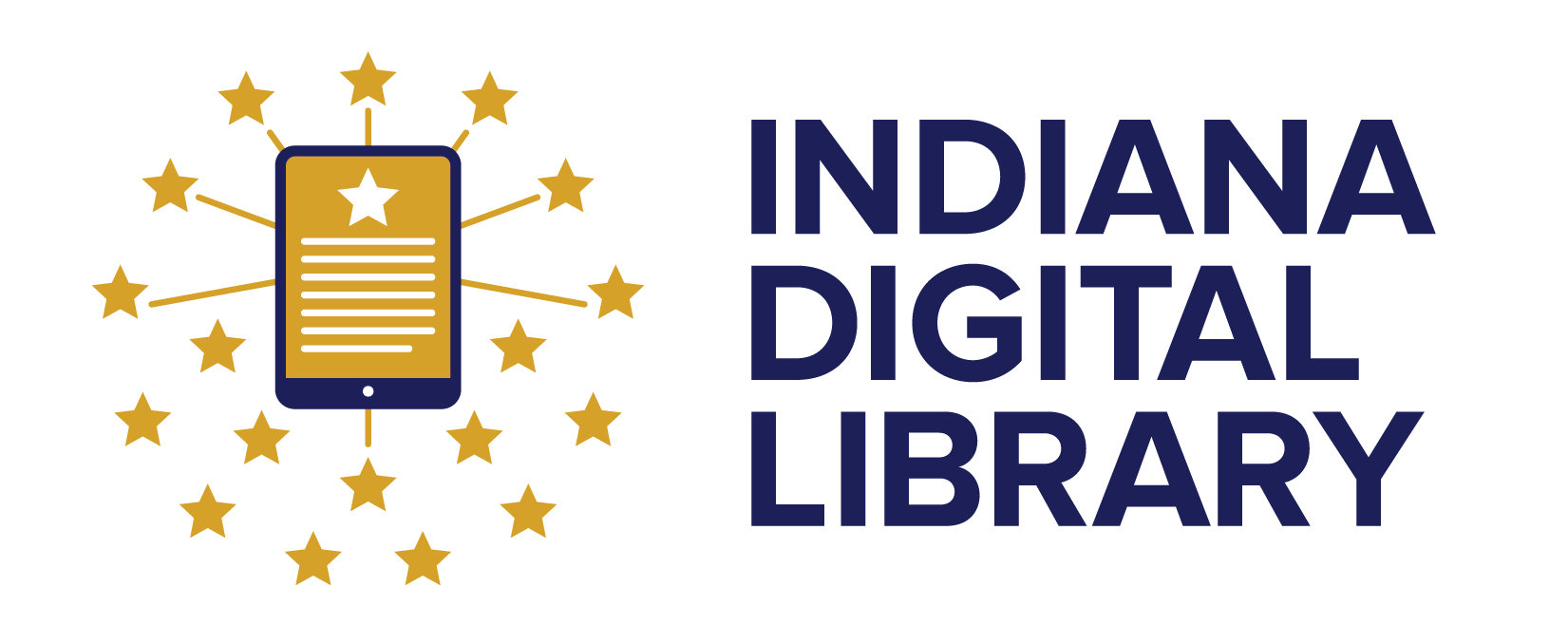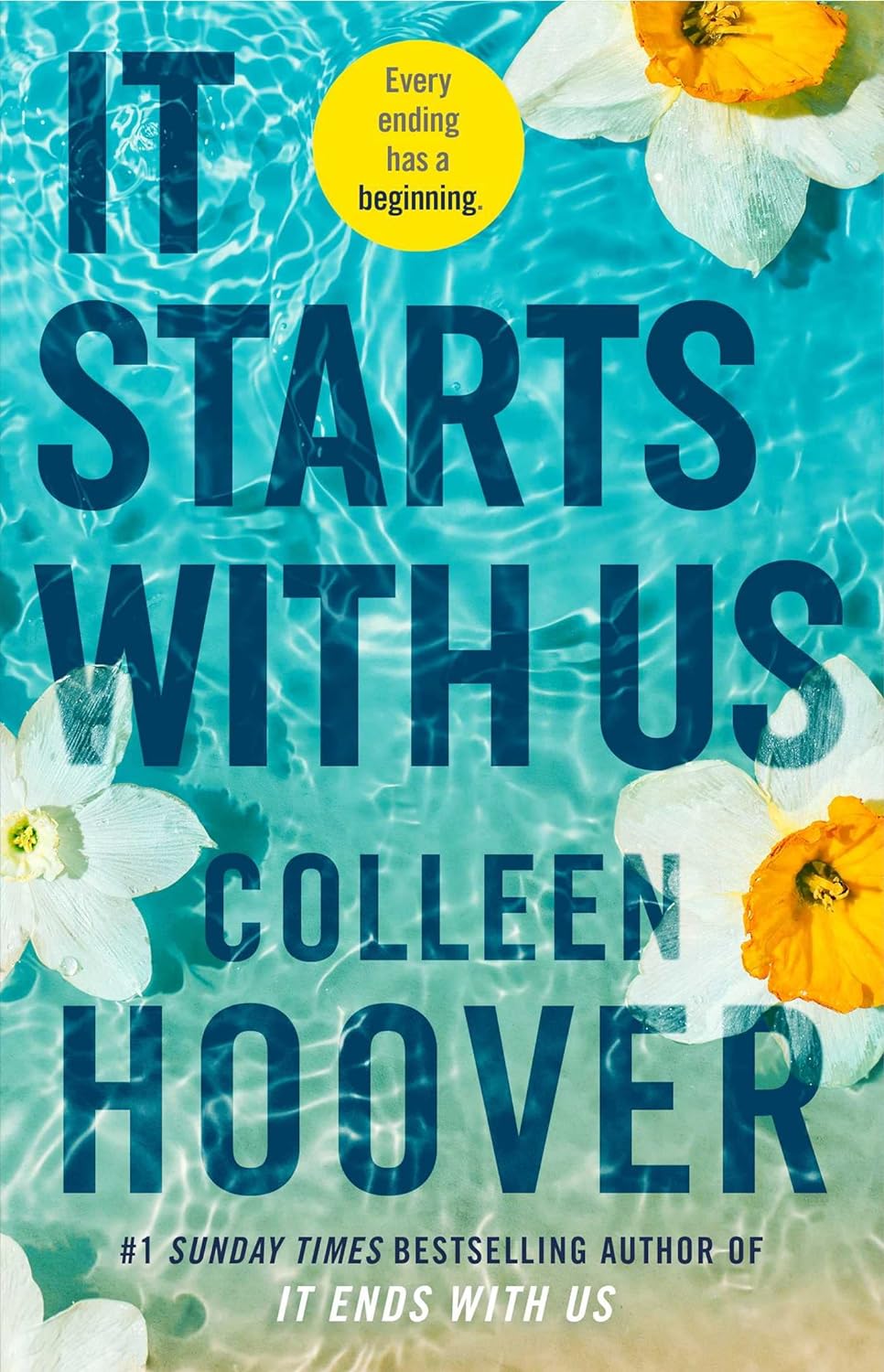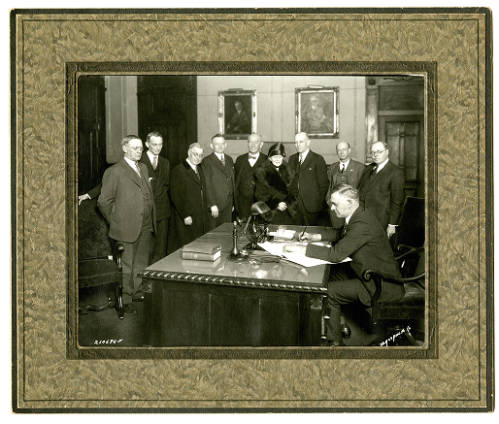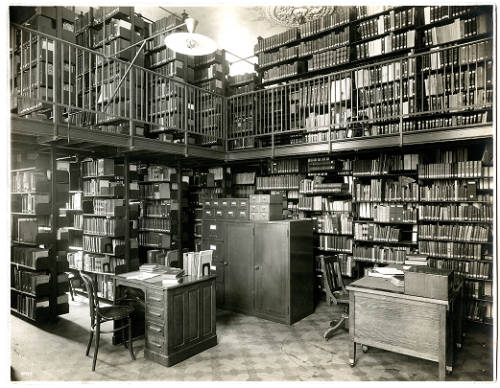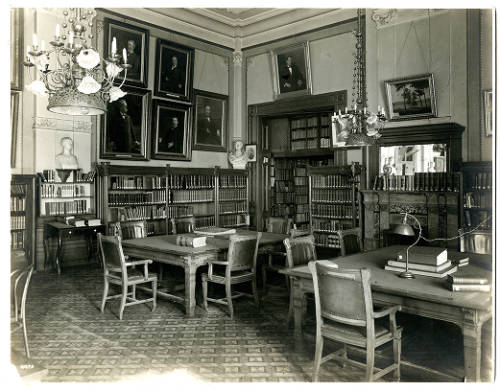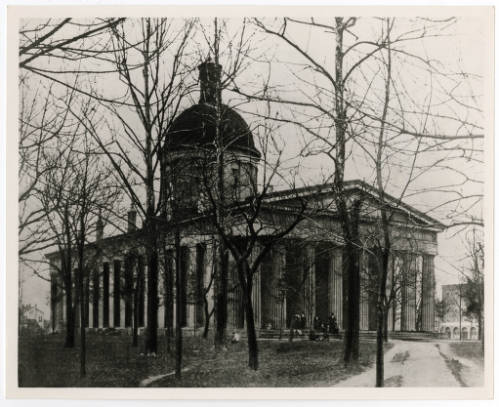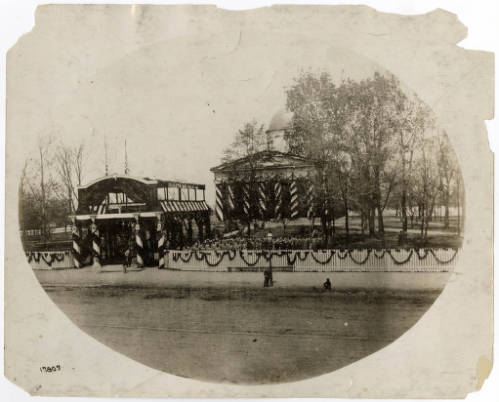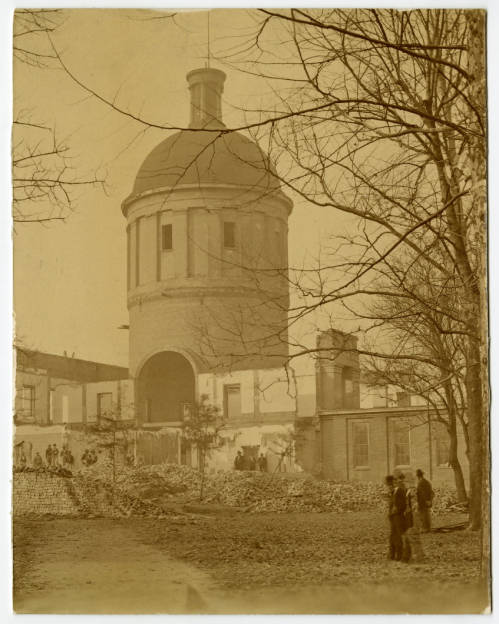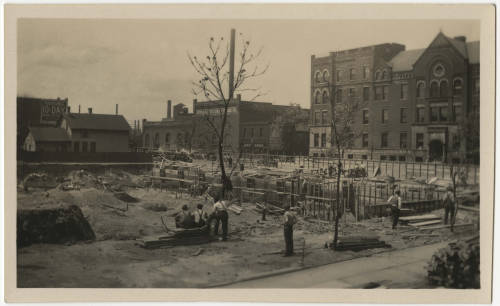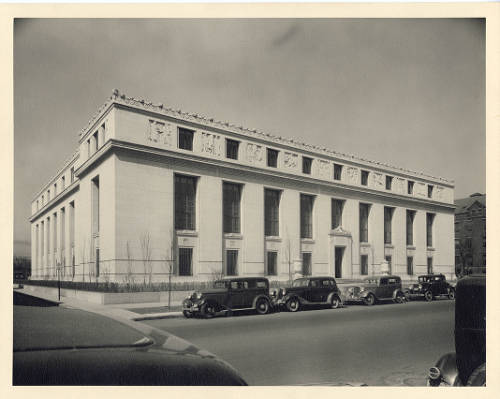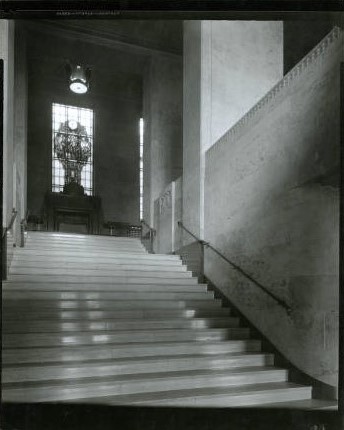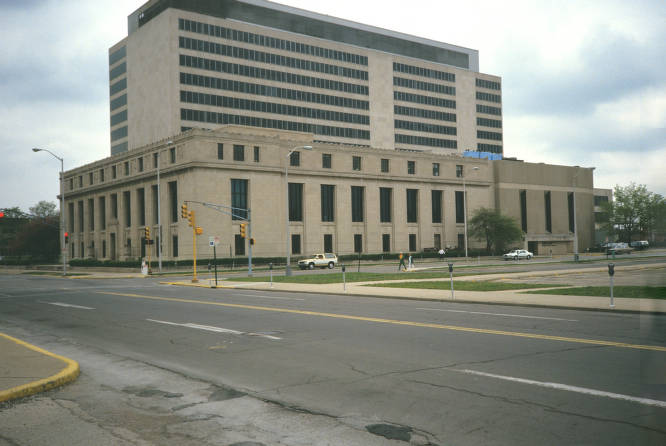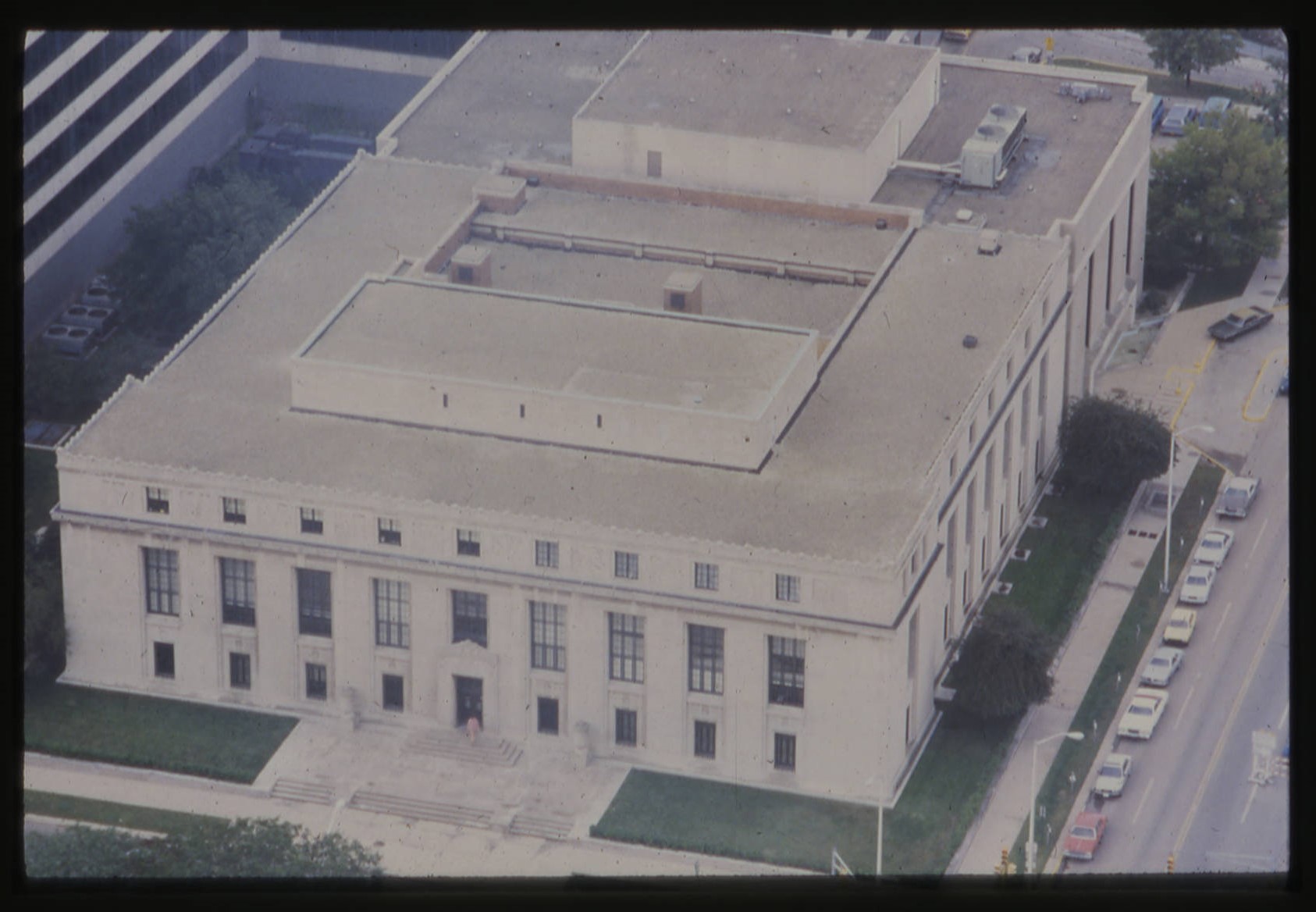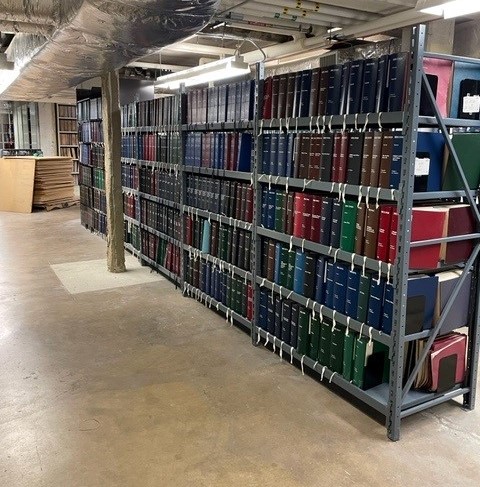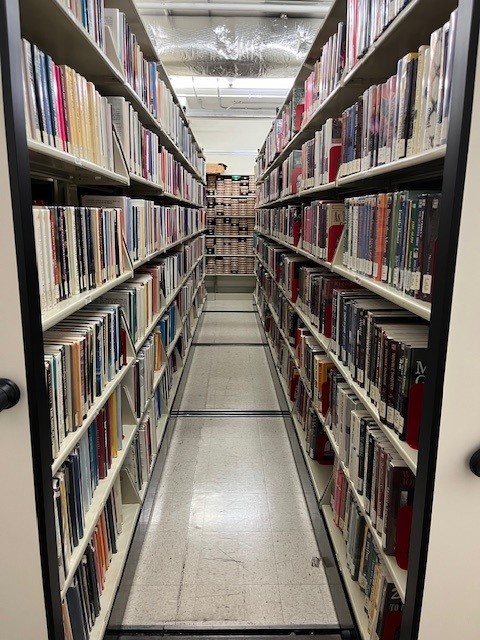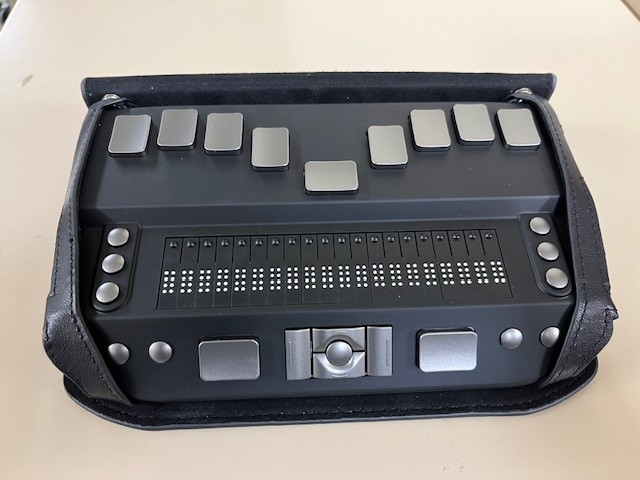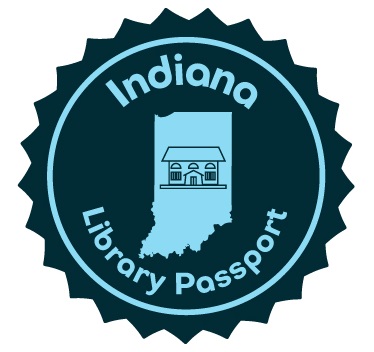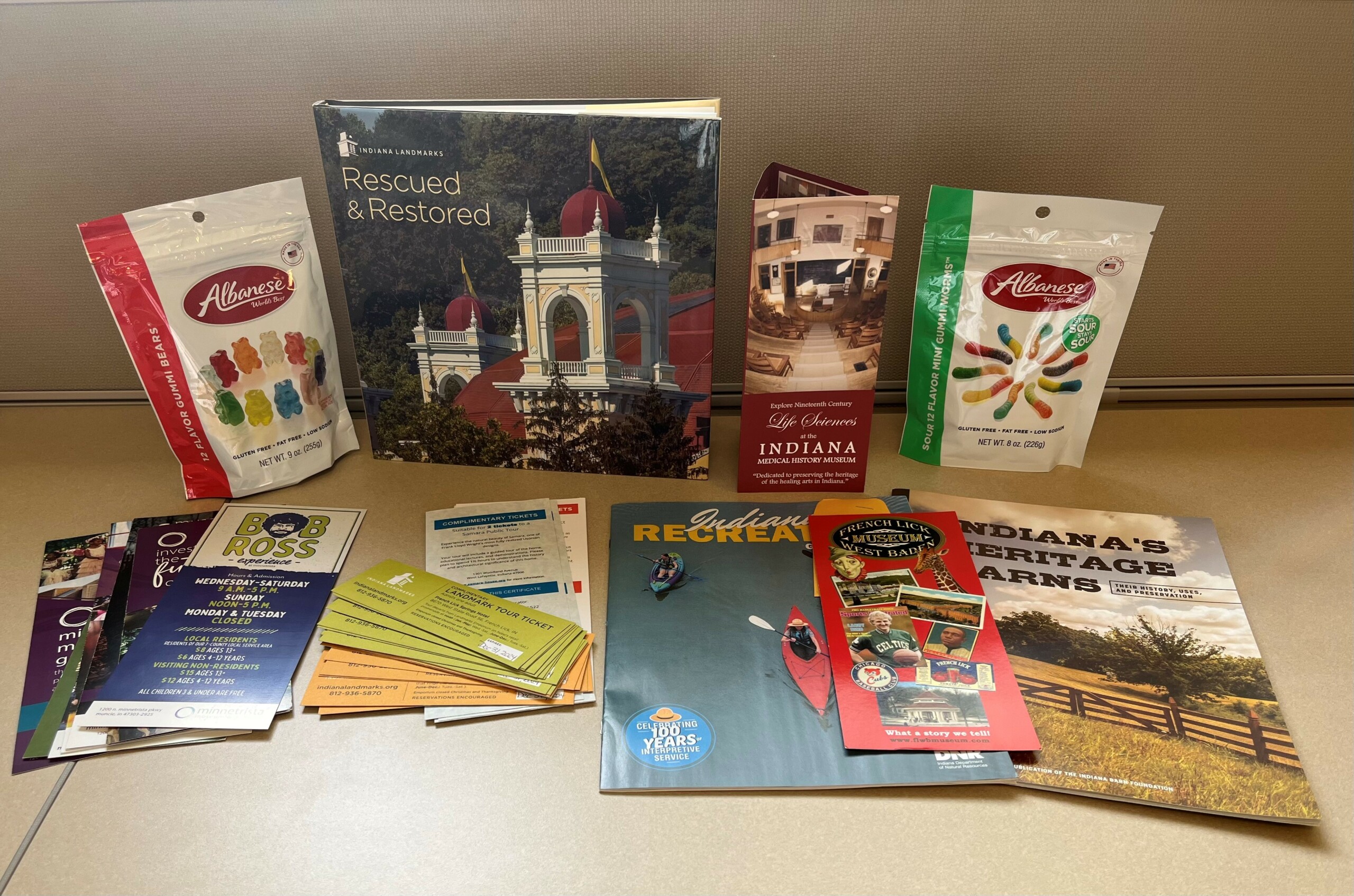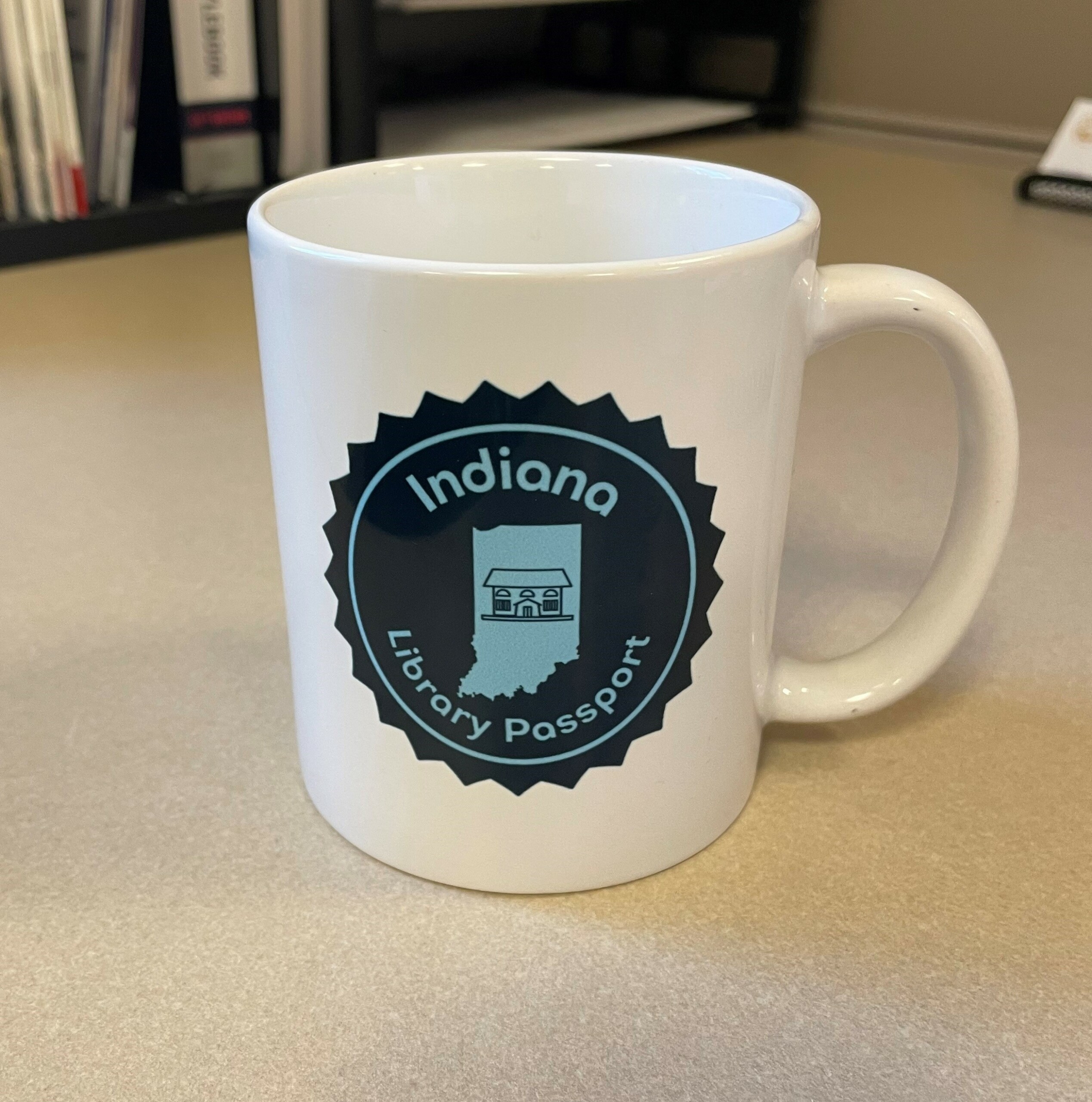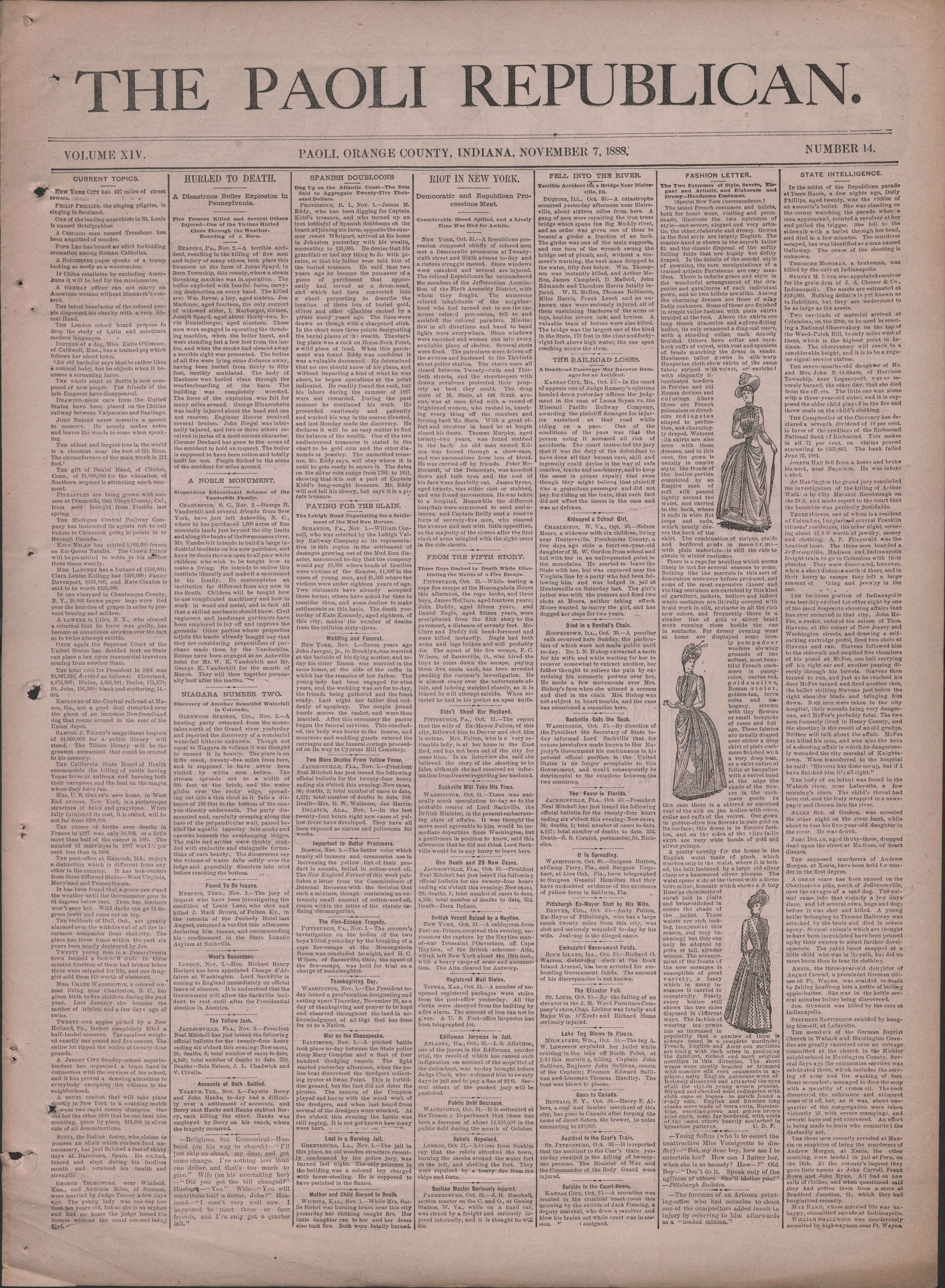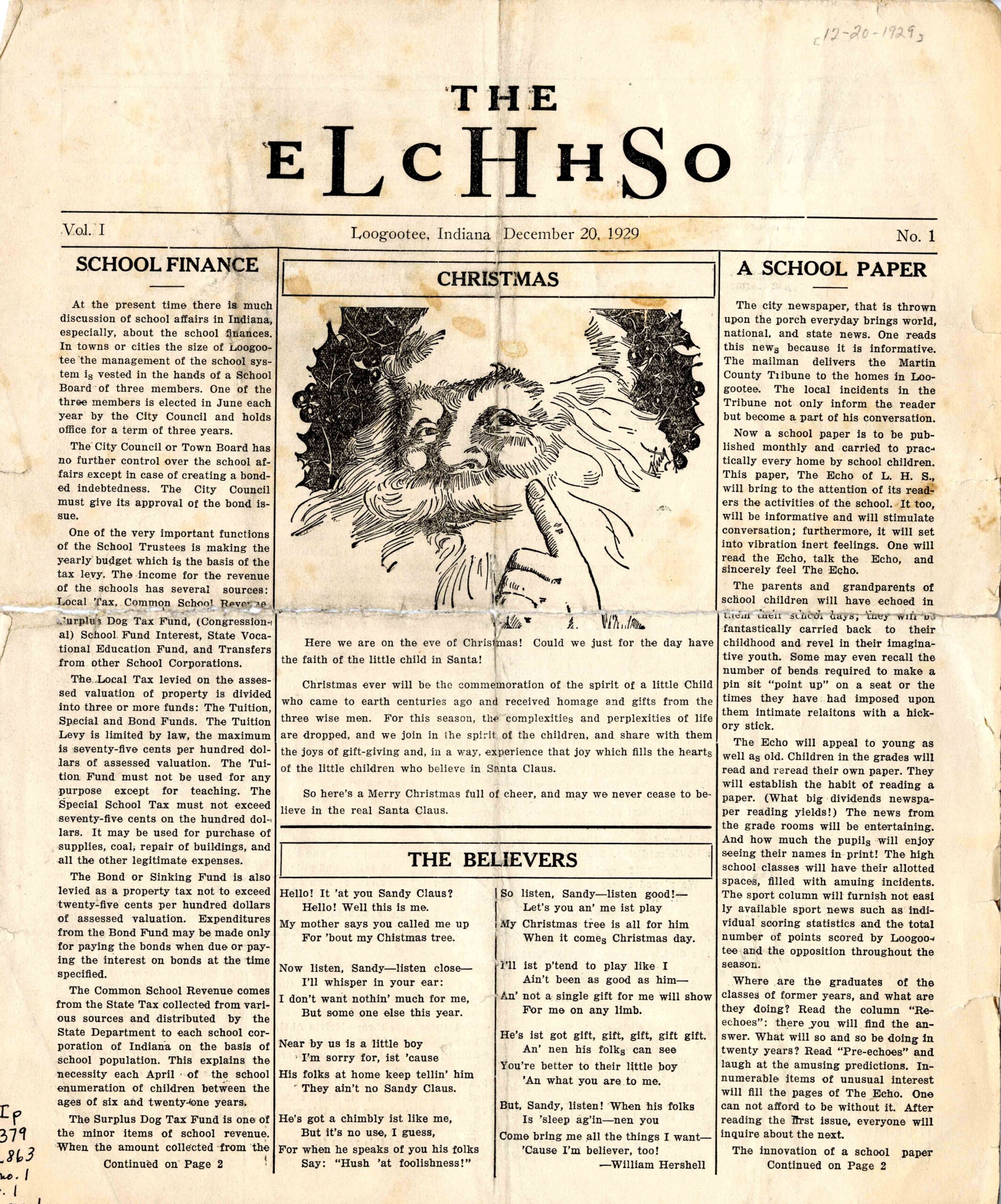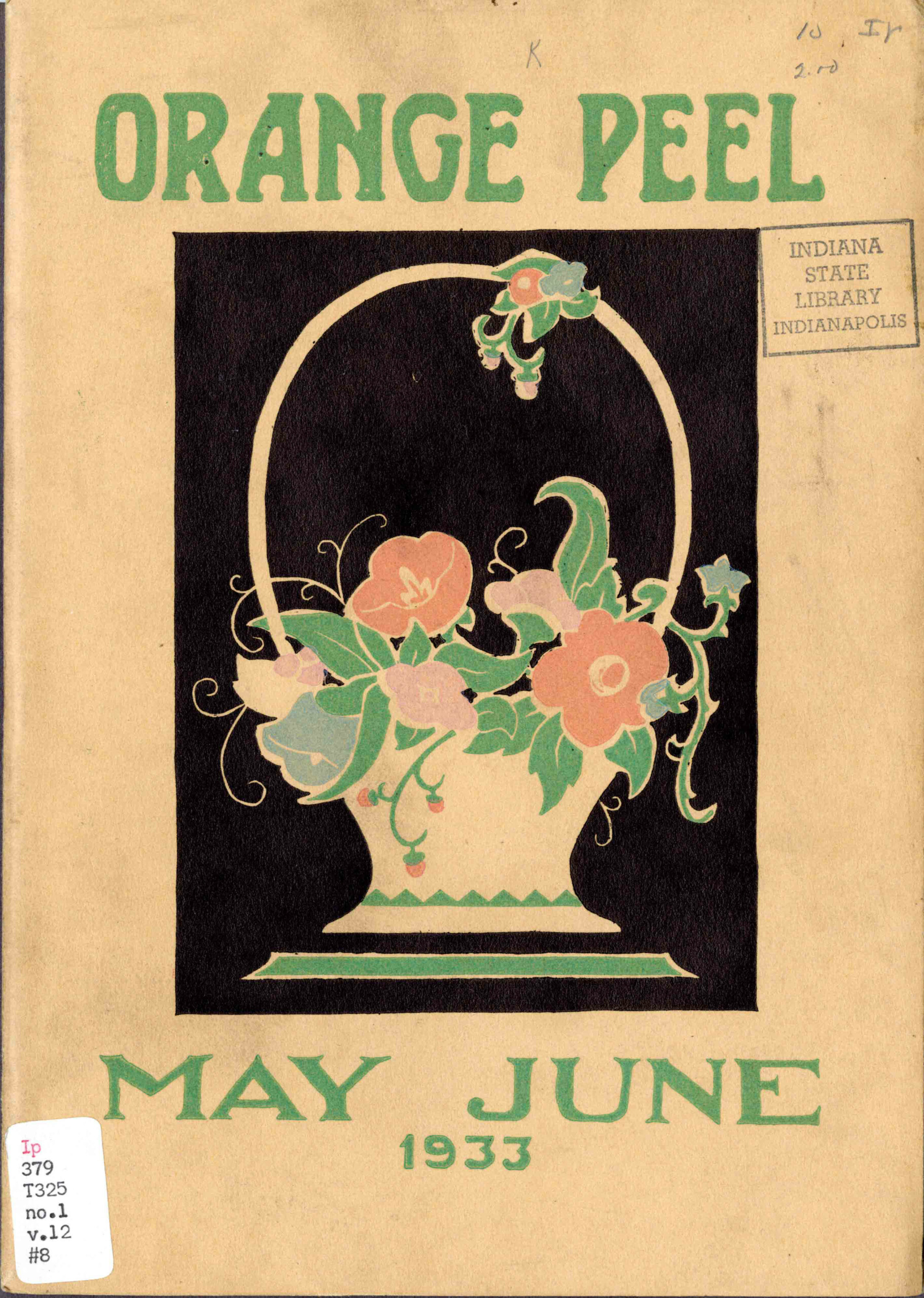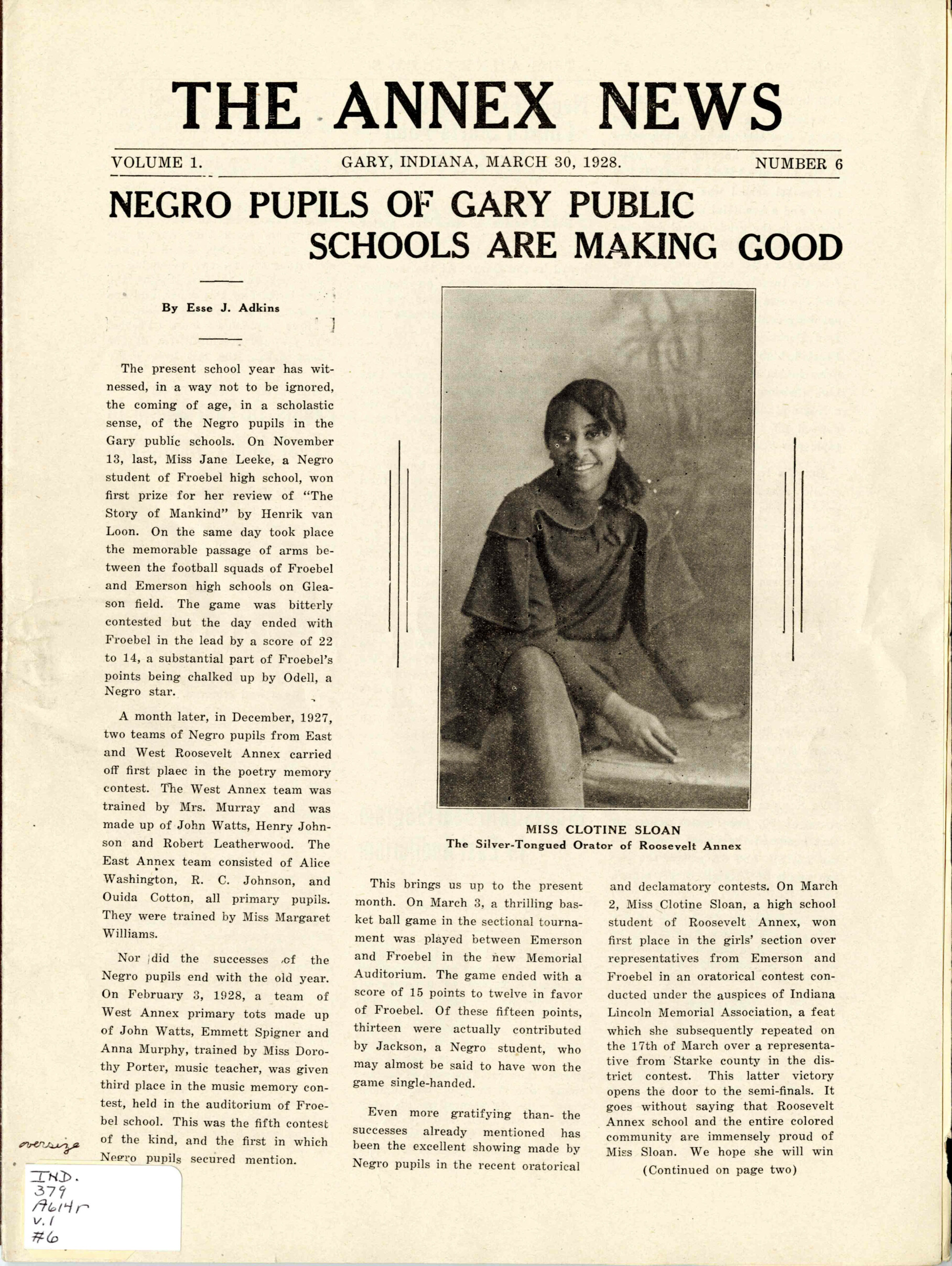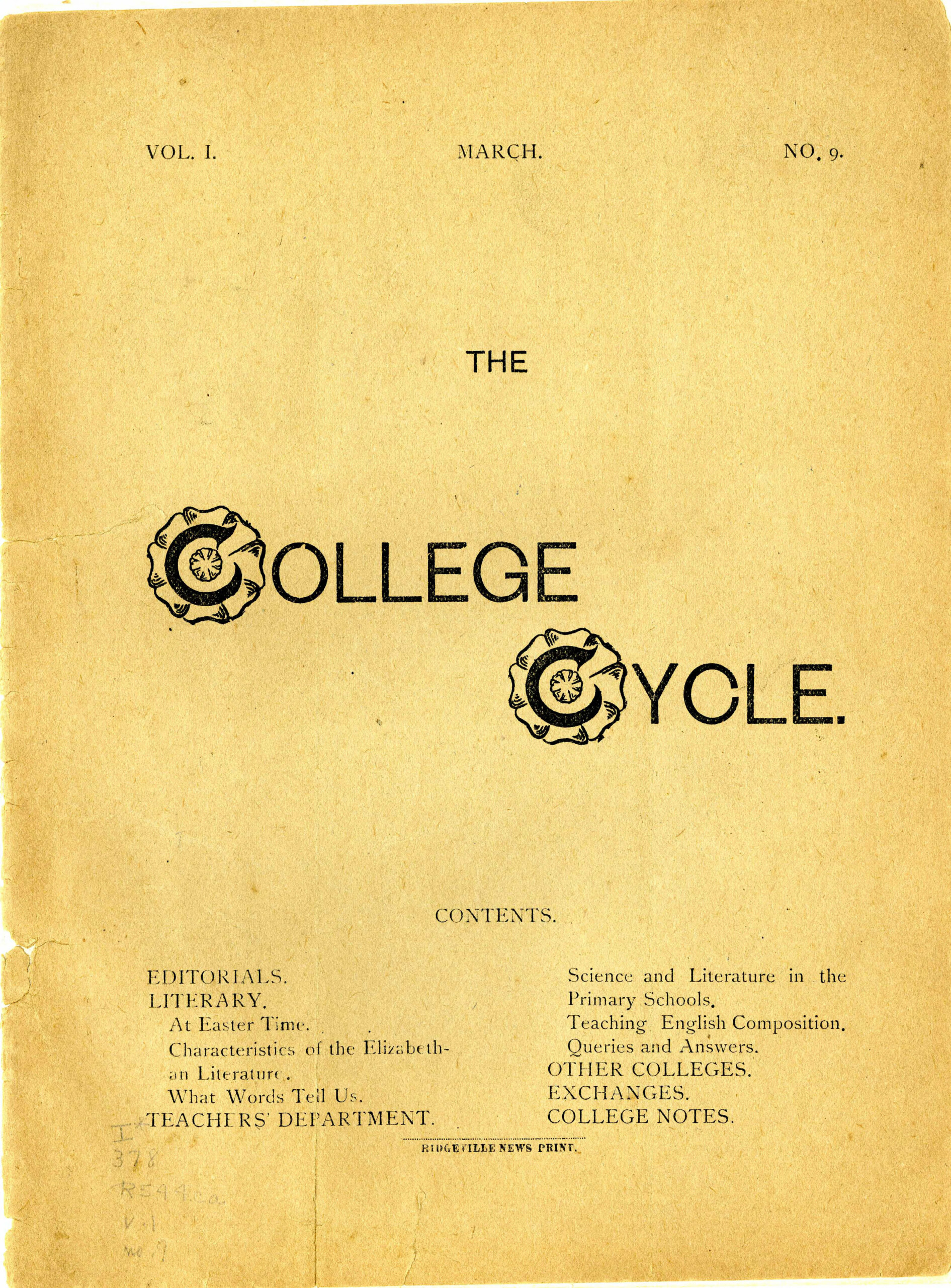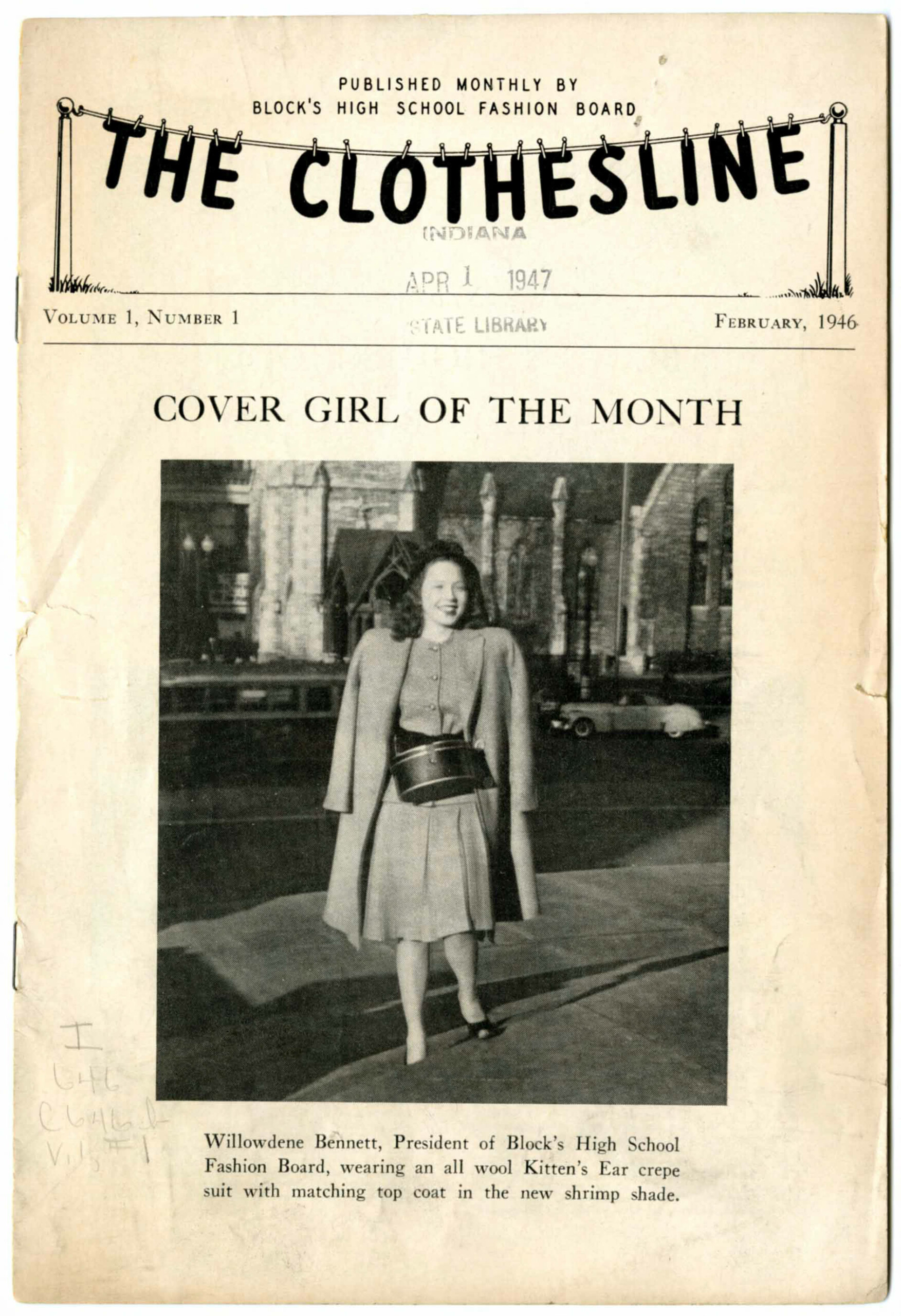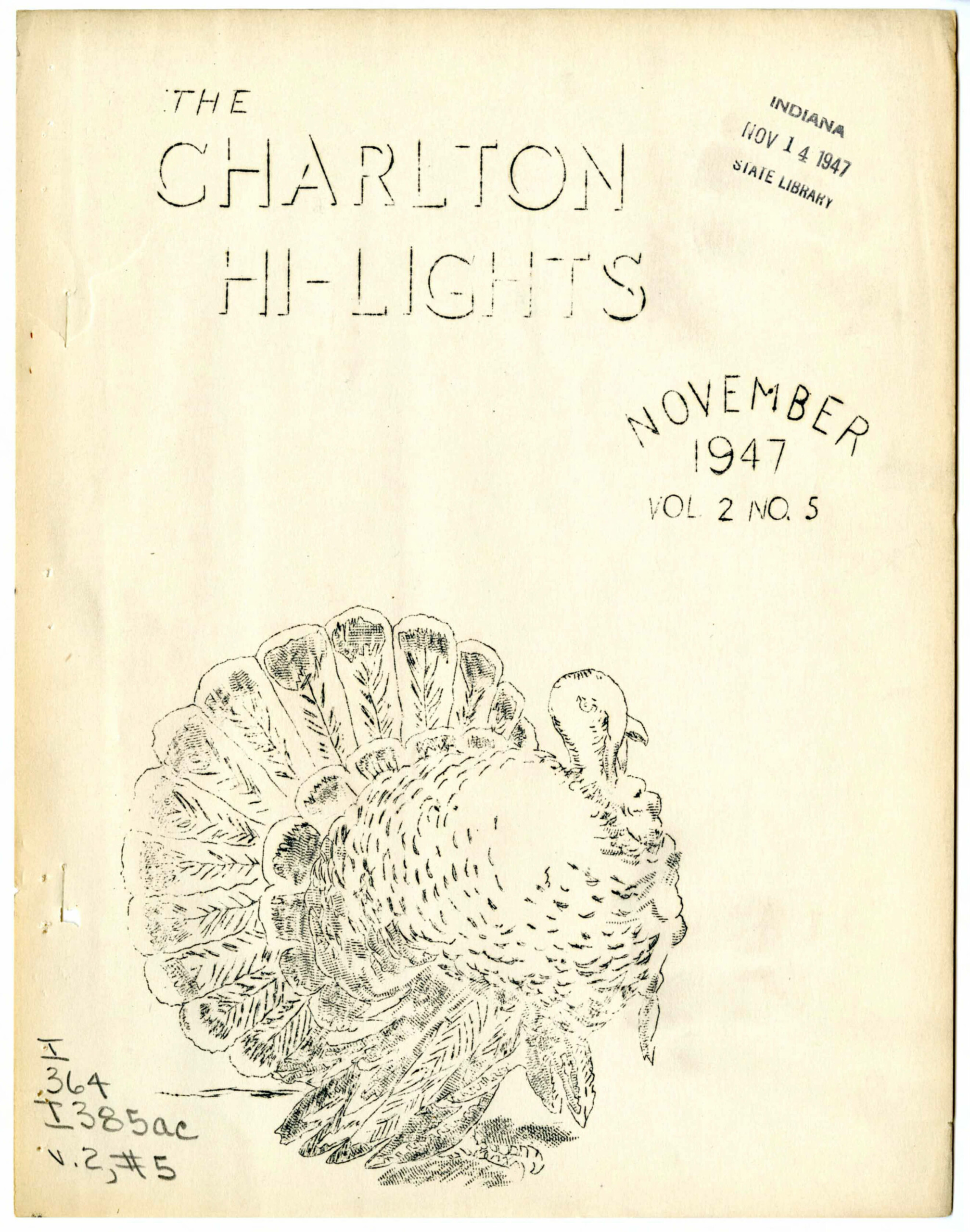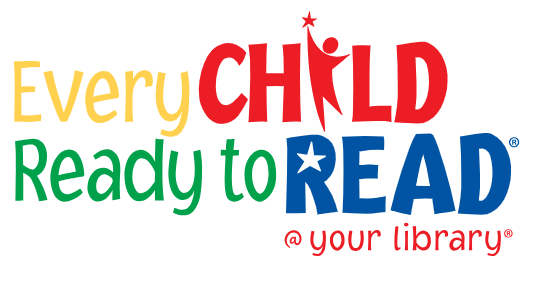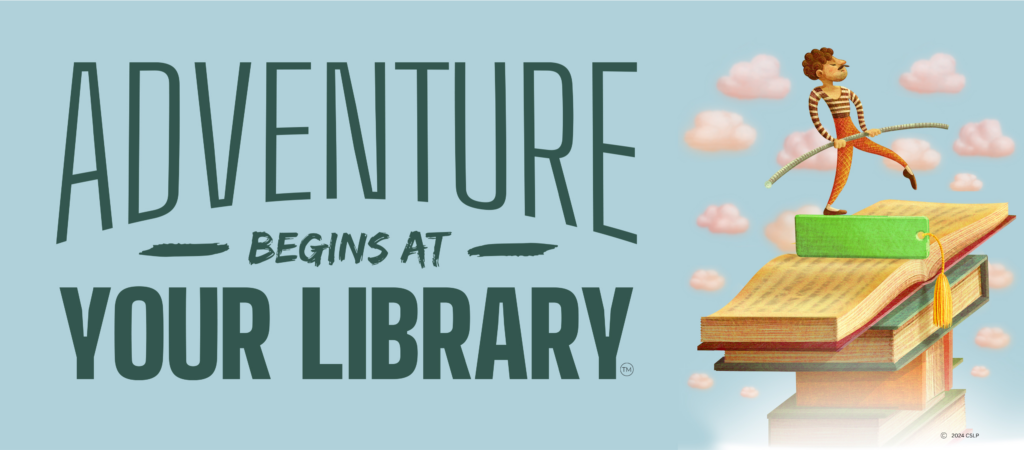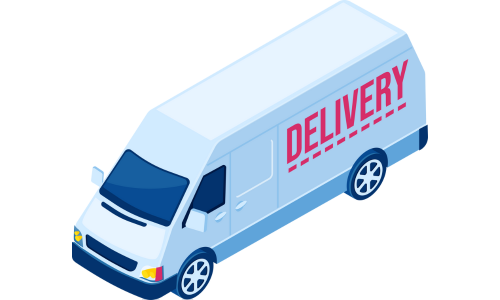Historically, original marriage records in Indiana were held solely by the county clerk’s office that issued the original record. So, if you need a copy of an original record, your best bet is to contact the county. But, if you’re not sure which county or you just need the information from the record but not the record itself, there are other sources for these records.

John Parrish and Florence Heaton marriage certificate, Marion County, Indiana, 1916. Katherine Parrish Mondor collection, Genealogy Division, Indiana State Library.
Why 1958 was an important year
In 1958, Indiana began to file marriage records at the state level rather than just at the county level. So, one copy of the record was retained at the county clerk’s office while a second copy was sent to the Indiana Department of Health. This makes it easier to locate more recent marriages, because the Indiana Department of Health can search all 92 counties at the same time.
Indexes vs. records
Many of the Indiana marriage records available to researchers at the Indiana State Library are indexes rather than record images. For example, Ancestry Library Edition currently does not offer scans of marriage records for Indiana. Instead, they offer indexes to the records that summarize what the record contains. FamilySearch offers both indexes and record images; however, while the indexes can be accessed freely from home, to access the images you will need to be at the Indiana State Library or another FamilySearch Affiliate Library or Family History Center.
You can also search our Indiana Marriages 1958-2021 index on Indiana Legacy, which is available at home to researchers for free.
These limitations are applicable to both very old records and more recent records. So, whether you are doing genealogy research or looking for your own record, you will have to work within the parameters of the databases.
Where else to look?
One issue that the librarians here at the State Library have noticed is that the indexes are not always correct. Verifying the correct county that issued a marriage record can be tricky, but we’ve developed a few tips to help you narrow down your search.
First, look at where the couple was living when they got married. The farther back in time you go, the less likely it is that a couple traveled to get married. Also, in order for a county to issue a marriage license, one of the members of the couple was supposed to live in that county.
If you’re not finding a marriage record in the index, or you think the index may have incorrect information, you can also search newspapers. For years, local newspapers included a list of marriage licenses issued in the county, usually on a weekly or biweekly basis. This can help you determine which county actually issued the license you need and also confirm the approximate date of the marriage. You can use Hoosier State Chronicles to search Indiana newspapers for free from home, or if you visit the Indiana State Library you can access Newspapers.com, NewspaperArchive, and the Indianapolis Star.
For recent marriages, you can also check the Marriage License Public Lookup. This database covers the entire state from 1993 to the present. It is updated regularly, and new marriages typically take two weeks or less to appear in this index.
What about certified records?
Only the county clerk and the Indiana Department of Health can issue certified copies of marriage records. Any record you obtain from a genealogy database will not be certified and cannot be used for Social Security, Real ID or other official business.
What if I’m really stuck?
You can contact the Indiana State Library through our Ask-a-Librarian service and we will do our best to locate the marriage you’re seeking.
This blog post is by Jamie Dunn, Genealogy Division supervisor.



